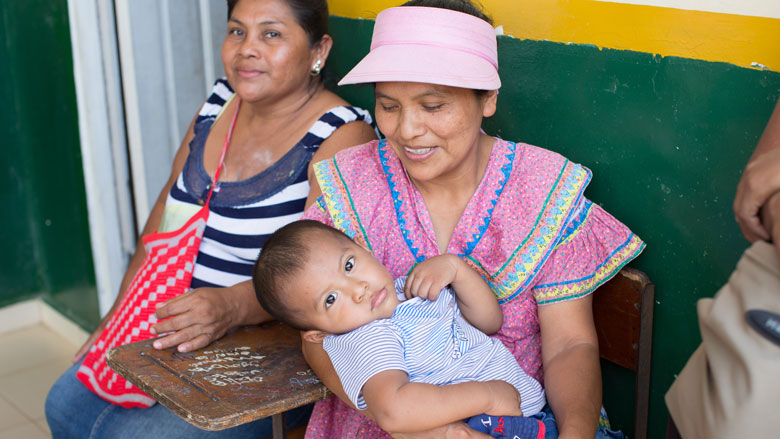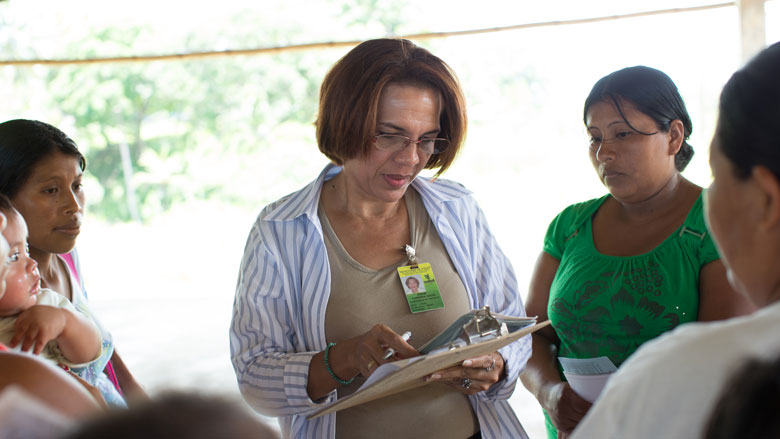Challenge
Although Panama achieved important health outcomes (under 5 mortality declined from 34 to 20 deaths per 1,000 births between 1990 and 2004) and devoted a substantial amount of its GDP to health expenditures (7.7 percent in 2004), well above the regional average of 6.5 percent, inequality in the health sector persisted. Due to geographical, financial and cultural barriers to access key preventive services for mothers and children, poor rural households experienced lower health outcomes. For instance, immunization rates increased for the non-poor but decreased between 4 and 5 percentage points in poor households (except for the anti-tuberculosis vaccine BCG).
Solution
In 2008, the Minister of Health (MOH), with IBRD’s Project support, decided to introduce the Health Protection for Vulnerable Populations program (PSPV, for its Spanish acronym) to deliver a package of basic health services to poor non-indigenous populations in rural areas. In order to deliver the package of health services, the MOH signed performance agreements with local MOH teams and private sector organizations. These agreements were based on capitated payments and a results-based financing approach, innovative methodologies introduced by the Bank.


